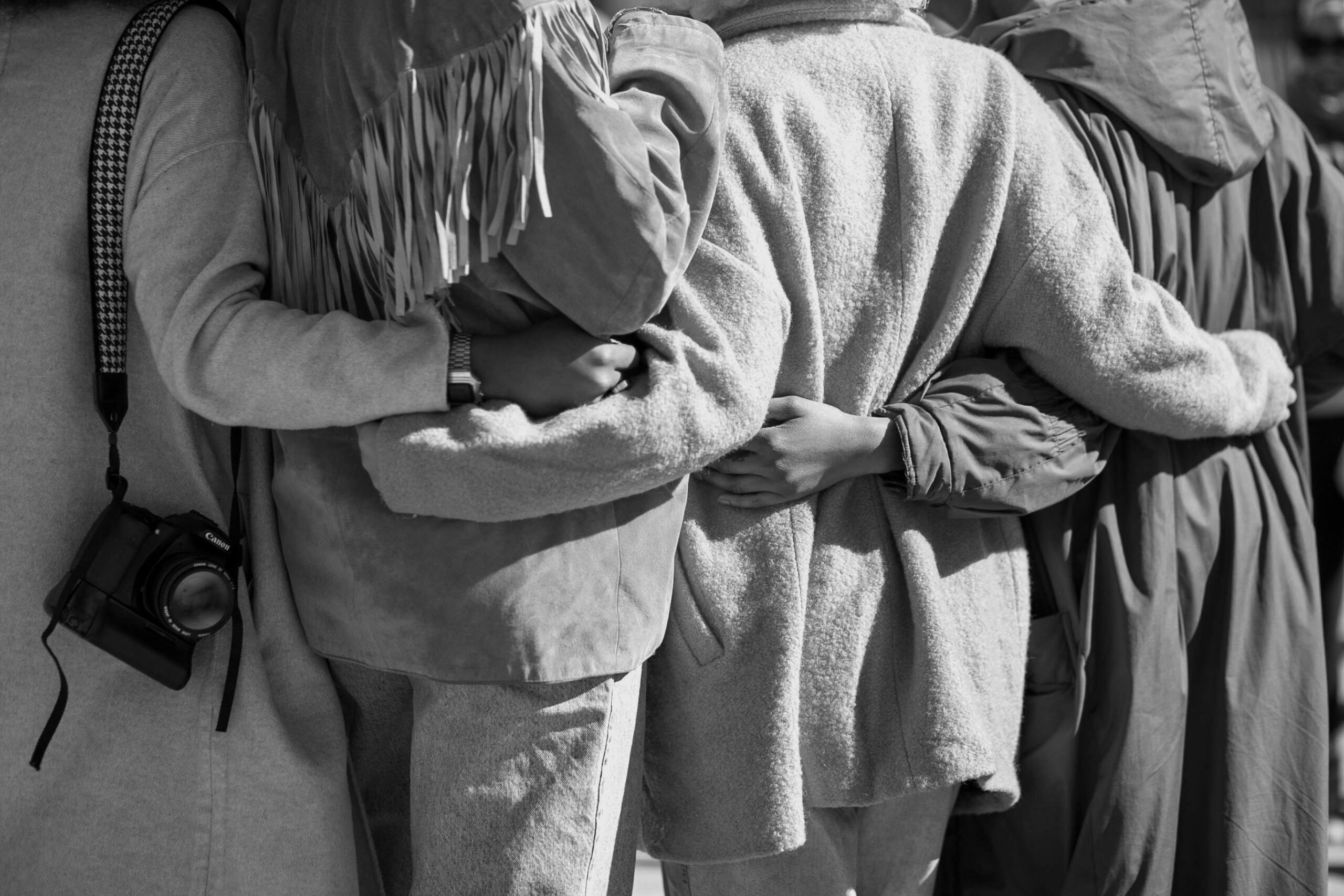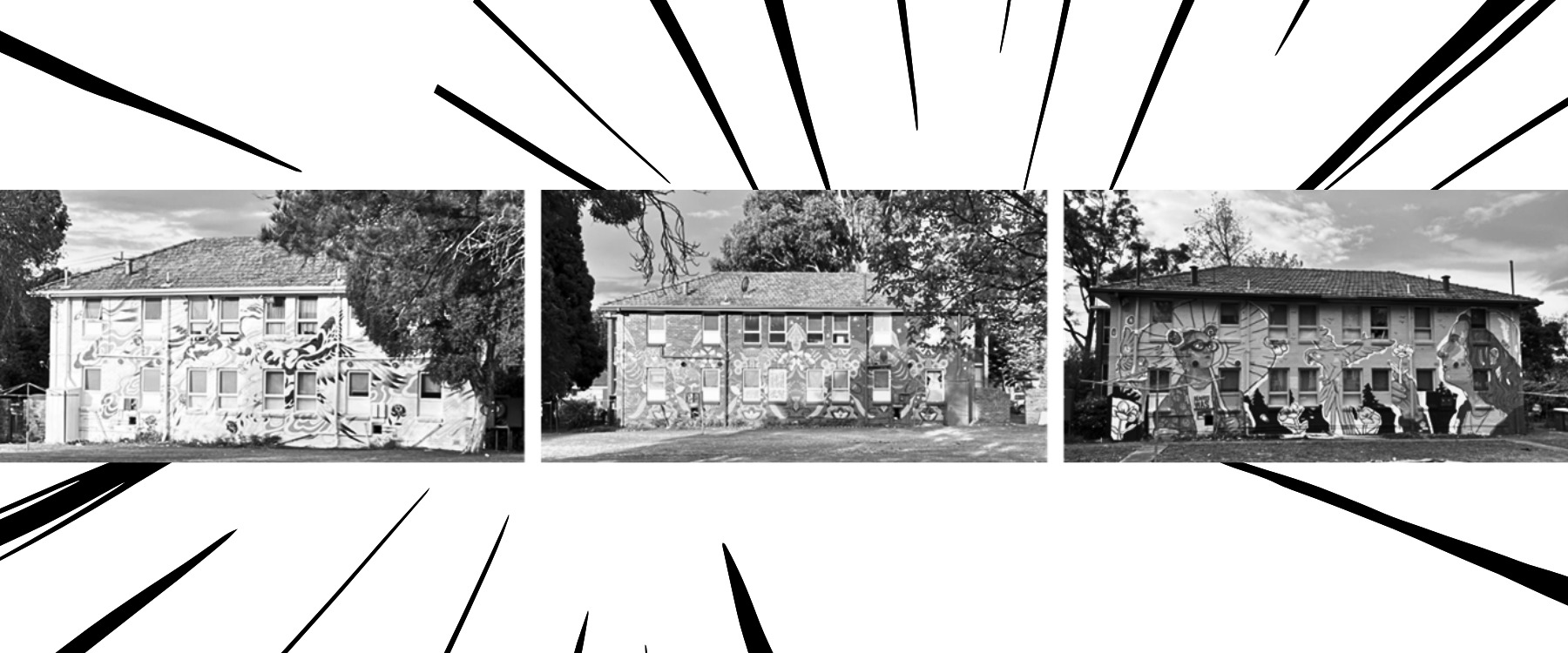Supporting community-led recovery
Together for good – the client challenge
The 2019–20 summer bushfires that ravaged Australia were a stark and significant reminder of how extreme and changeable our environment can be. In Victoria, East Gippsland and the north east of the state were most significantly impacted. In response to the bushfires, the Victorian government established Bushfire Recovery Victoria (BRV) to support communities to recover from the summer’s bushfires.
BRV is a permanent and dedicated Victorian government agency committed to supporting community-led recovery. Since its establishment in January 2020, BRV has coordinated the government’s immediate bushfire recovery efforts and led the development of bushfire recovery capability and capacity across the state.
Bringing the right thinking and people to the table
Locals know what is best when it comes to recovering from a disaster.
Recovery is most effective when all levels of government, community service organisations and local service providers work in partnership with local community groups and networks to ensure recovery activities remain grounded in the needs of communities and contribute to enhanced community resilience.
Central to this project was articulating and sharing a community engagement framework underpinned by the principles of community-led recovery.
Working closely with BRV’s community engagement team, bushfire-affected local governments and other state government agencies, Cube provided strategic and tactical support for BRV in the months following the 2019–20 summer bushfires, including:
Supporting BRV, local government and communities with understanding and delivering community-led recovery
Providing key inputs into the development of BRV’s State Recovery Plan, which outlines the Victorian Government’s priorities and actions to support fire affected regions to December 2021.
Supporting the development of BRV’s Recovery Framework, which outlines how BRV is planning and delivering its responsibilities for coordinating recovery efforts. Community-led recovery and putting communities first are fundamental to the Framework.
Developing a digital engagement approach to support communities, as unprecedented restrictions on social gatherings and travel due to COVID-19 increasingly impacted community recovery activities
Coordinating induction programs for new BRV staff, and ensuring new staff understand BRV’s trauma-informed, community-led approach to recovery
Engaging with government agencies and representatives to support a whole-of-government awareness and understanding of BRV’s community-led recovery approach, and to facilitate more coordinated engagement with bushfire affected communities
Supporting local governments with establishing Community Recovery Committees (CRCs) to lead the recovery process for their local communities.
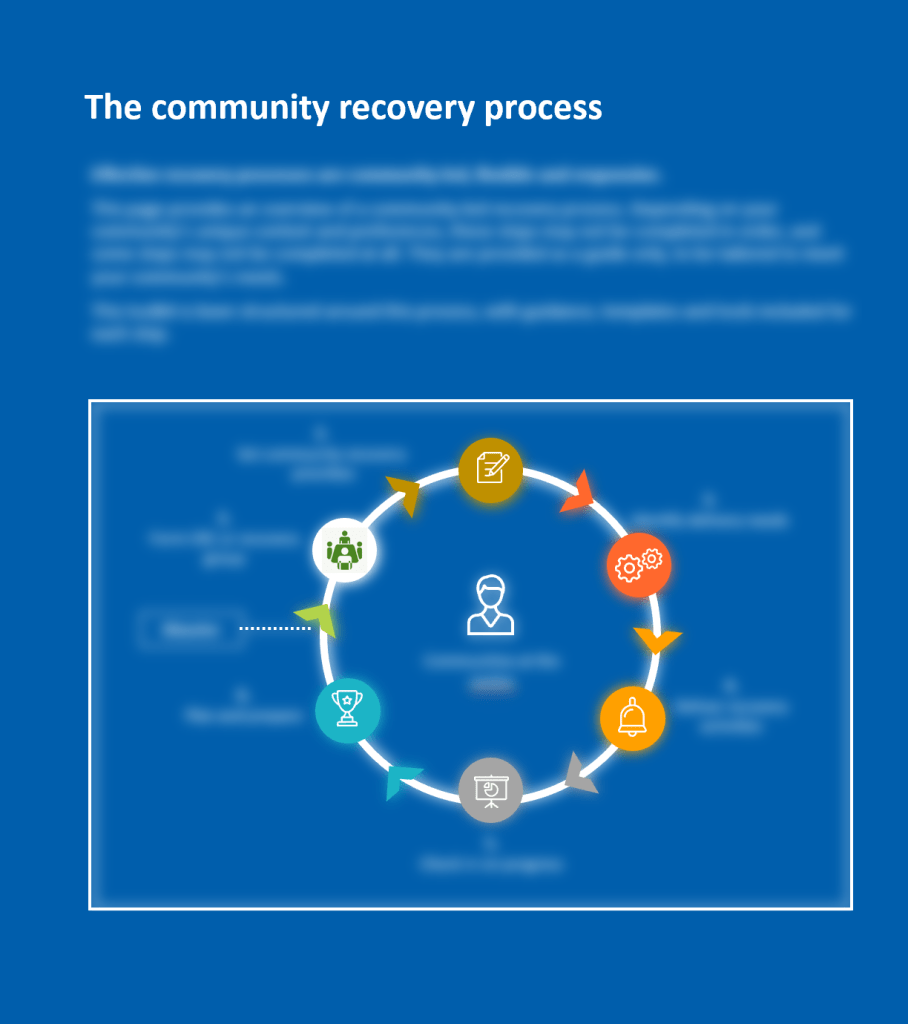
The positive change we delivered
Our work contributed to Victoria’s bushfire recovery efforts and supported communities to lead their own recovery.
Developing strategic BRV documents such as the Community Engagement Framework and mapping community recovery governance arrangements contributed to Victoria’s state-wide bushfire recovery efforts. These strategic documents and governance arrangements helped BRV, local governments and key agencies and stakeholders form a shared understanding of community-led recovery and the respective roles each stakeholder plays in supporting communities in their recovery.
We also provided tactical support to local governments to assist with the establishment of CRCs. Our Community Recovery Toolkit, which we developed in consultation with local government, provided practical tools and templates to support the establishment and early operation of CRCs.
Insights for inquisitive minds
Locals know what is best when it comes to recovering from a disaster, so it is important that recovery is locally-led and locally-driven.
All communities are different, and there is no one-size-fits-all approach to community recovery. Community recovery planning will be shaped by the nature, scale and impacts of the disaster and the community’s unique characteristics and needs.
COVID-19 presents a number of challenges to bushfire-affected communities. The cumulative impacts for many individuals in bushfire-affected communities, who have suffered through drought, bushfires and now COVID-19, have the potential to compound the sense of uncertainty, stress and anxiety. A community-led recovery approach should take into account the cumulative impacts of disasters, and draw on disaster recovery expertise and best practice.
“Locals know what is best when it comes to recovering from a disaster. All communities are different and there is no one-size-fits-all approach.”

Julia Hovenden
Director, Cube Group
